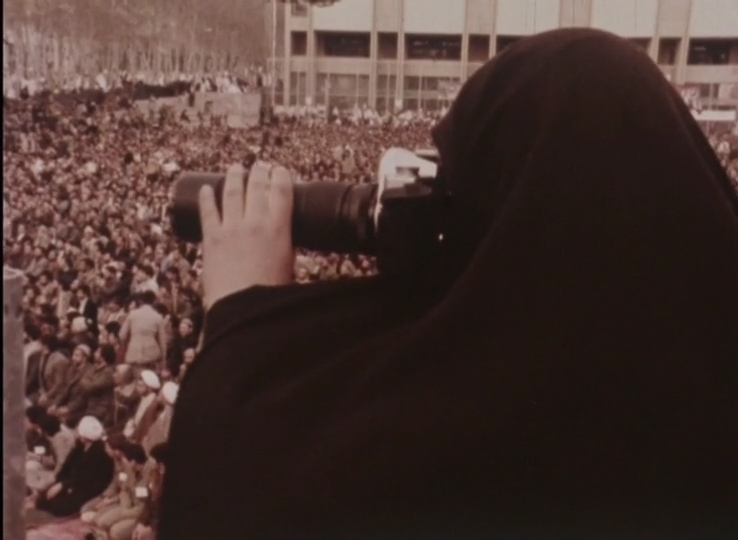 |
| The Sealed Soil (1976-77) |
Marva Nabili's The Sealed Soil [Khak-e Sar bé Mohr] has been rediscovered and reclaimed in recent years as a feminist masterpiece. However, judging from the interview you are about to read, the film didn't enjoy the same enthusiastic reception upon its initial release. Though premiered at the Berlinale Forum (along with films by Dorothy Arzner, Sohrab Shahid Saless, Germaine Dulac, Laura Mulvey, Karin Thome, Ursula Ludwig, John Cassavetes, Barbara Kopple, Godard & Miéville and Taviani brothers) and enjoying a healthy festival run afterwards, it was forgotten until its name appeared on a couple of lists about great films made by women directors. It was then that both Cahiers du Cinéma and Sight & Sound took note of the film and the filmmaker (who made only one other work, for the US television.) In Sight & Sound, the film's "poetic tone, sparse dialogue and focus on its heroine’s daily life" was compared to Chantal Akerman’s Jeanne Dielman.
Chronicling the life of woman in a small village in southwest Iran, the film's US premiere took place on January 25, 1978, at Pacific Film Archive where my friend, Tom Luddy, interviewed Marva Nabili. Below is an edited version of that conversation of which an audio tape of poor sound quality survives. Since some of the audience questions are inaudible even to the people present in the auditorium, Tom occasionally repeats them for Marva. He also has the unenviable task of translating and abridging the long-winded, abstract questions. (I have altered the order of some of the question/answers to have the more general questions appear at the beginning.)
The reason I bothered to transcribe the interview was the fact that I was hoping to show the film in Berlin next month (Sinema Transtopia, May 2021) but I discovered that the Arsenal/Berlinale print of the film is too worn-out to be screened. Even before this revelation. I knew a restoration was much needed and already long overdue. If someone comes forward, there's a good chance that we could make this great piece of cinema available to general audiences. Hopefully, next time around they'll ask more sensible questions.
* * *
TOM LUDDY: Is the first American showing of the film to a public audience?
MARVA NABILI: Yes.
LUDDY: Well, we're very honoured. Can you talk a little bit about your life as a woman filmmaker in Iran?









